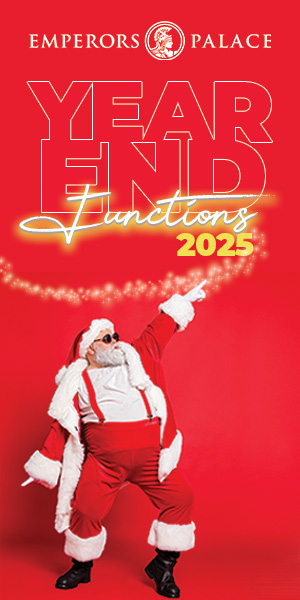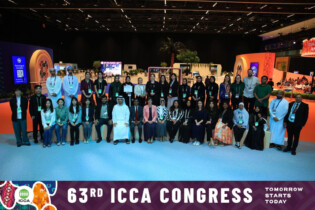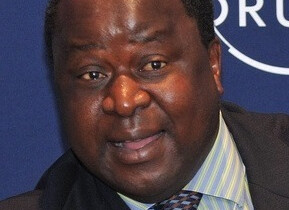The content and messaging behind your event or conference can make or break your occasion but a misalignment could have disastrous reputational ramifications. The Planner Guru informs your content strategy.
The world of MICE presents a unique opportunity to every marketer’s conundrum – getting the right people together, in the right place, at the right time. But, if your objectives here are not clear cut, this will compromise key messaging from the onset, so structuring content to meet these goals will better frame your event topics, timing and format.
“Developing a content strategy for events will always take some time, but if you break it down from the start, things will always run much smoother,” says Josh Naehr, a professional marketer and event blogger.
Know your audience
Defining your event objectives in the context of your attendees own objectives will ensure better attendance, according to Joshua. This needn’t be an overly complex process; generally, one resoundingly clear and simple message will resonate more with audiences; however, measures do need to be taken to ascertain who it is you are talking to.
“Be sure that you understand your audience before diving into a complete content strategy. Break down the content creation equation by splitting it in half. Ask yourself a few questions to figure out both your customers’ needs and values,” he says.
Research is also essential to developing content for a specific audience and there are a slew of online resources and tools available to inform this. Understanding how your attendees will best absorb information during the time you have them at your event will determine of the most effective format.
Highlighting just how important your platform is, a young Sidharth Wahi, a media mogul at Africa Business News, once said: “If content is king, then distribution is King Kong.”
Ensure it makes sense for the sort of demographic you are expecting to put audiences at greater ease – a TED Talk type format with a series of short, punchy, powerful or well-known speakers with a few minutes of Q&A afterwards might appeal to a younger audience who prefer fast-paced presentations whereas panel sessions lasting 45-60 minutes might have more appeal among an older audience.
Best laid plans
Put yourself in the place of your audience to objectively understand the end-user experience at your event. Looking at what your audience already know and utilising what resources you currently have will best leverage existing as well as new content. This is known as the Skyscraper Technique and within this there are three principles that apply. The first is the length – whatever content is in existence, the question needs to be asked how it can be made to be even more comprehensive. The second is relevancy – dated, rehashed content will be lacklustre but care does need to be taken to provide enough historical information for context. Finally, emphasise the visual presentation of your content and how this is packaged – a single, well-timed statement could one day become a famous, impactful quote and tidbits such as infographics can go viral if used right.
Time travelling
Your content strategy should not focus on just the day of your event because, ultimately, your content is your drawcard. You will, therefore, need to prepare communication and resources to deliver an education of sorts around your event. Playing up the relevancy aspect of this is going to be a major element in terms of leveraging attendance. Again, throwing the question back to your audience, they might ask “what’s in it for me?” but don’t leave them hanging for the answer. Make sure this is clear from beginning and answer your audience’s questions for them before they are asked.
An addendum to relevancy at an event and what can be done to differentiate your content strategy from that of your competition is to plug the gaps. Even if an event has been done before, living in the ever-changing world that we do, new developments as well as new ways of looking at our environment are constantly unfolding.
The easiest way to do this, says Joshua, is to ask the question “but now what?”
“Many times, popular content either stops one step short, or does not connect every dot, often leaving the audience with burning questions that no outlet has answered,” he says.
This, in itself, presents a new opportunity for event organisers.
While there are many considerations to be given towards your content, there is a variable human element where there are no hard and fast rules so building in a degree of flexibility will also prepare you to expect the unexpected regarding how your content will be received.







